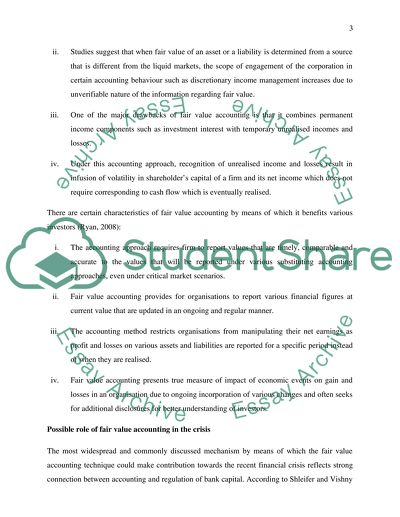Cite this document
(“Fair value accounting Coursework Example | Topics and Well Written Essays - 2500 words”, n.d.)
Fair value accounting Coursework Example | Topics and Well Written Essays - 2500 words. Retrieved from https://studentshare.org/finance-accounting/1679208-fair-value-accounting
Fair value accounting Coursework Example | Topics and Well Written Essays - 2500 words. Retrieved from https://studentshare.org/finance-accounting/1679208-fair-value-accounting
(Fair Value Accounting Coursework Example | Topics and Well Written Essays - 2500 Words)
Fair Value Accounting Coursework Example | Topics and Well Written Essays - 2500 Words. https://studentshare.org/finance-accounting/1679208-fair-value-accounting.
Fair Value Accounting Coursework Example | Topics and Well Written Essays - 2500 Words. https://studentshare.org/finance-accounting/1679208-fair-value-accounting.
“Fair Value Accounting Coursework Example | Topics and Well Written Essays - 2500 Words”, n.d. https://studentshare.org/finance-accounting/1679208-fair-value-accounting.


